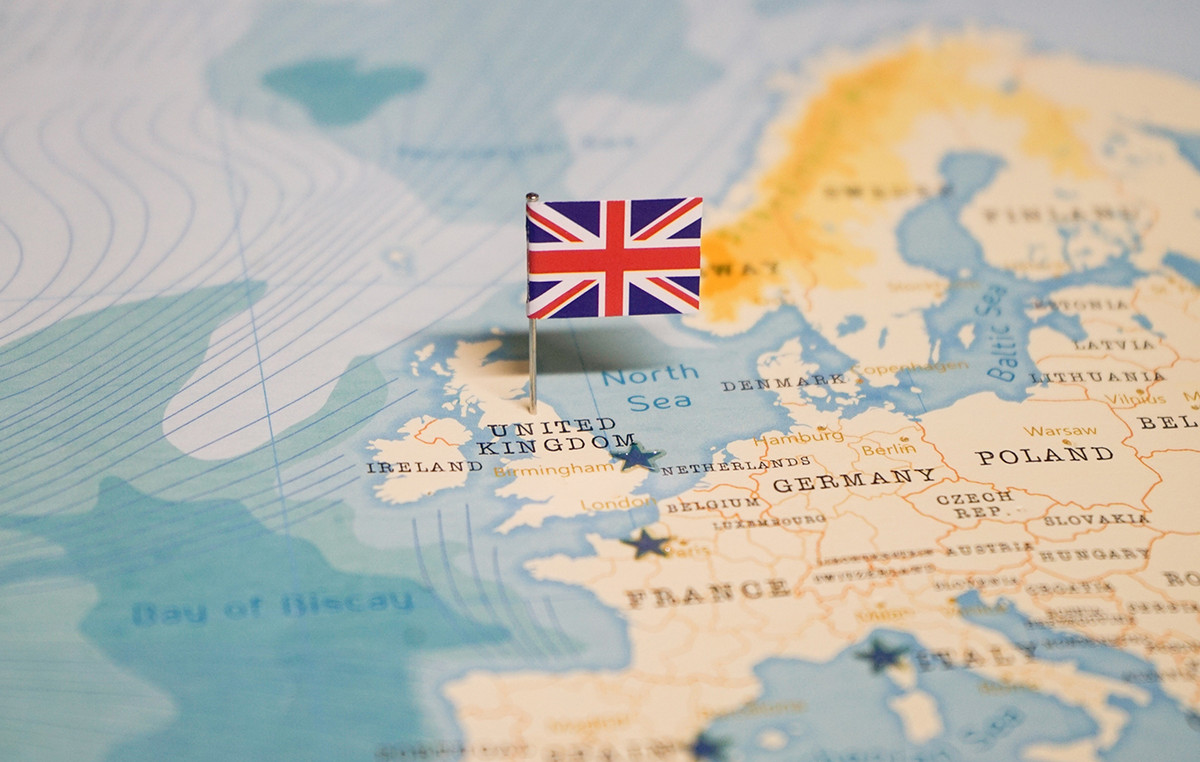THE Parker Solar Probe is “safe” and operating normally after successfully completing the closest approach to the Sun by any man-made object, NASA reported this Friday (27).
The spacecraft passed just 6.1 million kilometers from the solar surface on December 24, flying into the Sun’s outer atmosphere called the corona, on a mission to help scientists learn more about the star.
The agency said that the operations team at the Johns Hopkins Applied Physics Laboratory, in Maryland, in the United States, received the probe’s signal shortly before midnight on Thursday (26).
The spacecraft is expected to send back detailed telemetry data on its status on January 1, NASA added.
Moving at up to 692,000 km/h, the spacecraft withstood temperatures of up to 982 degrees Celsius, according to the NASA website.
“This detailed study of the Sun allows Parker Solar Probe to make measurements that help scientists better understand how material in this region is heated to millions of degrees, trace the origin of the solar wind (a continuous flow of material escaping from the Sun) and discover how energetic particles are accelerated to near the speed of light,” the agency added.
The Parker Solar Probe was launched in 2018 and has been gradually circling closer to the Sun, using flybys of Venus to gravitationally pull it into a tighter orbit with the Sun.
Solar mission captures historic images of the Sun; see the records
This content was originally published in Space probe is “safe” after maximum approach to the Sun, says NASA on the CNN Brasil website.
Source: CNN Brasil
Charles Grill is a tech-savvy writer with over 3 years of experience in the field. He writes on a variety of technology-related topics and has a strong focus on the latest advancements in the industry. He is connected with several online news websites and is currently contributing to a technology-focused platform.







